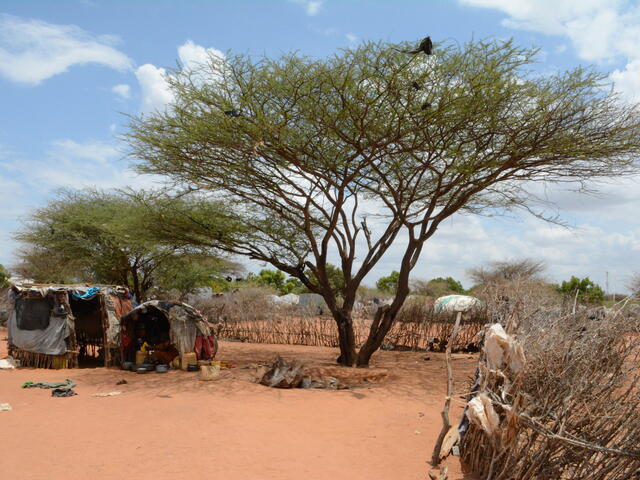Nairobi, Kenya, February 9, 2017 — In response to Kenya’s high court ruling on February 8, 2017, that the Government of Kenya’s decision to close Daadab, one of the world’s largest refugee camps, is unconstitutional, Kurt Tjossem, East Africa regional director at the International Rescue Committee, said:
The court’s decision today is a sound one, but it does not resolve the future of Somali refugees in Dadaab, which, in its current state, is not a sustainable solution. We now need to talk about a way forward, beyond the status quo in Dadaab for Somali refugees, that focuses on long-term solutions – whether it is being self-reliant and able to integrate in Kenya, fully voluntary repatriation, or settlement in a third country. We hope to see successful refugee hosting models like that followed in Uganda – where refugees are allowed to support themselves, use local health and education services, and contribute to their communities – replicated across East Africa and beyond.
Dadaab is not designed to be the long-term situation it has now become. In fact, constant threats of closure over the years were not the only factor driving refugees’ decision to head back to Somalia: decreased resources in Dadaab, including cuts in food rations and limits on freedom of movement mean that regardless of the important court decision, there will be continued pressure for refugees to return when it is not yet safe for them to do so.
